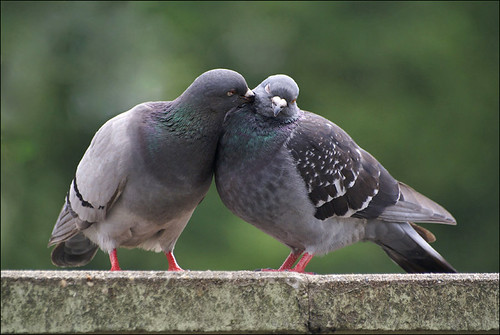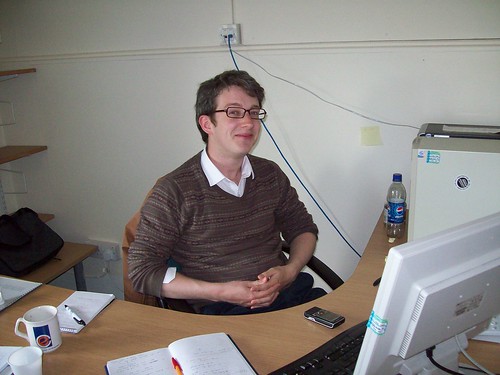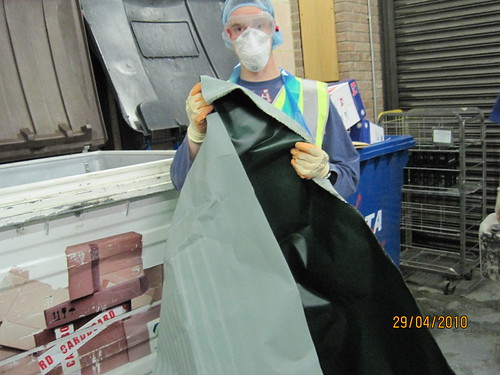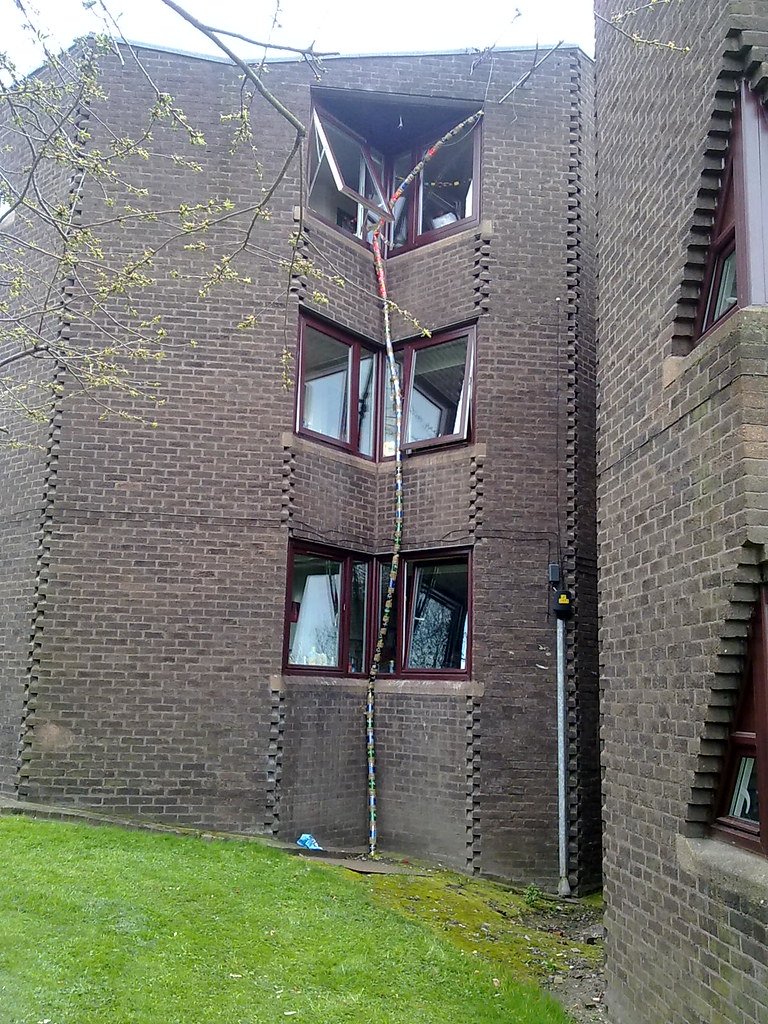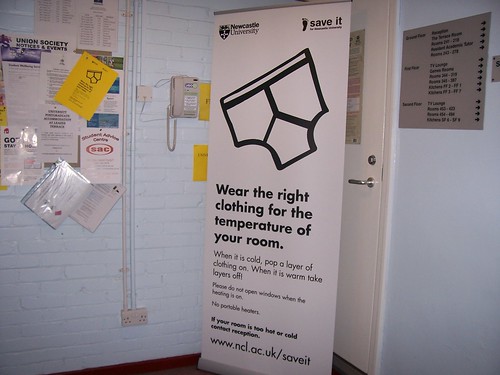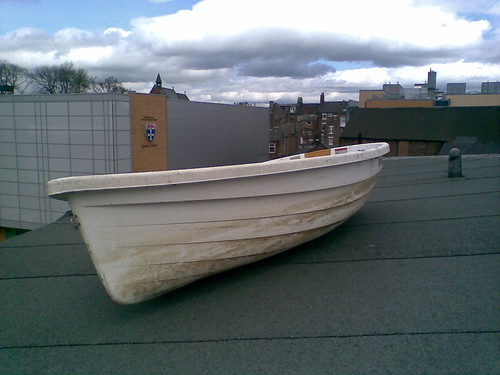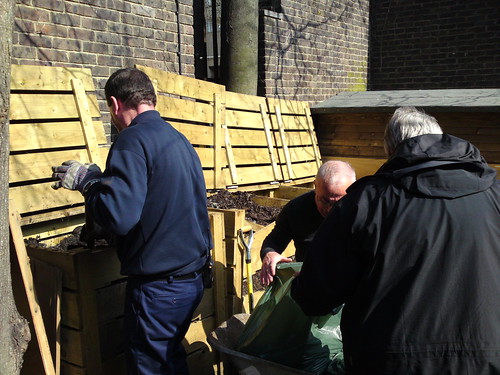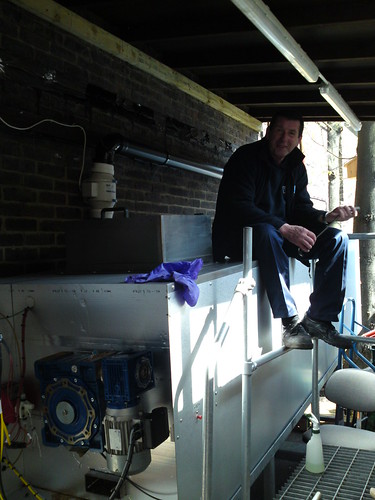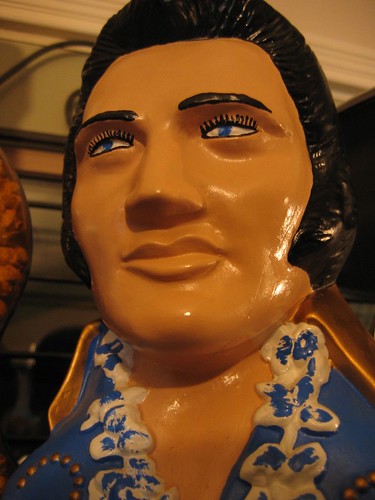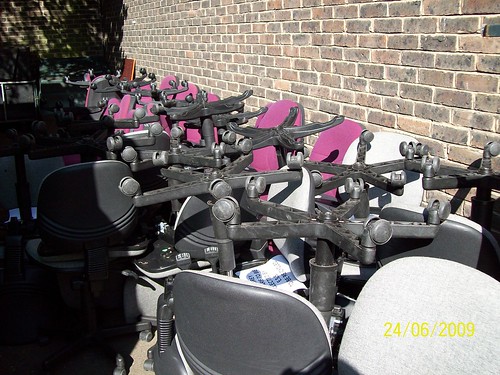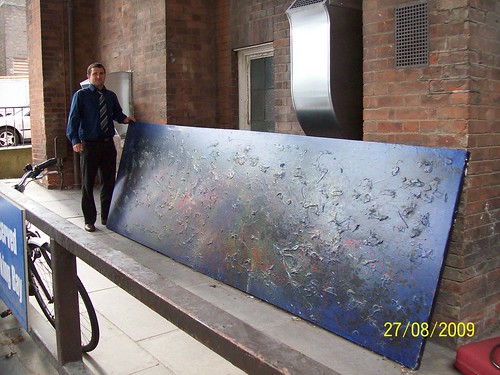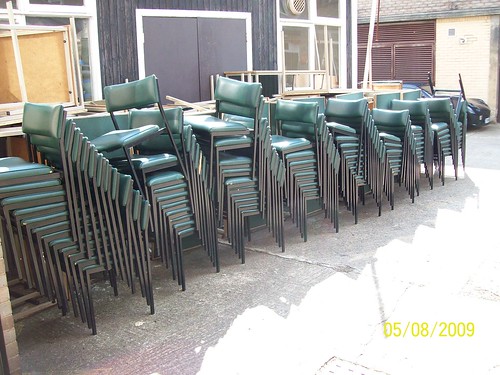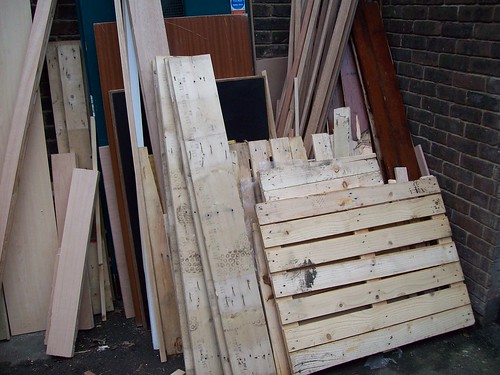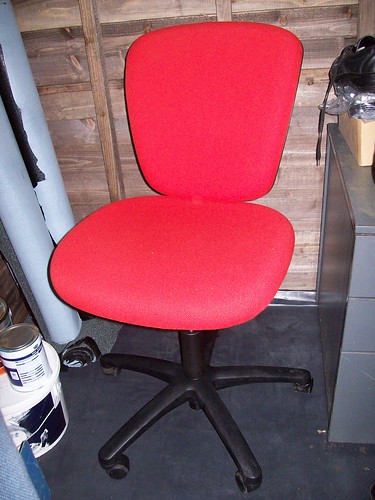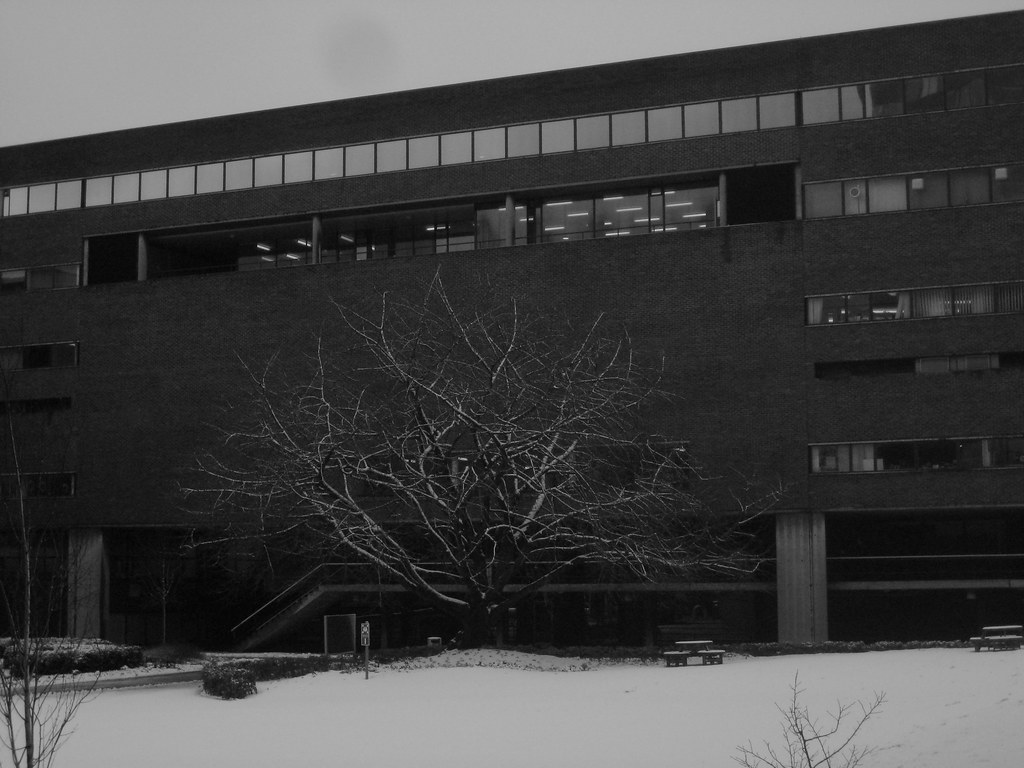A sell-out audience of 100 from all departments of the University attended the Newcastle University Environmental Awards 2010 at the Courtyard Restaurant last Friday (4th June 2010).
Hosted by Professor Tony Stevenson, Pro-Vice-Chancellor (Planning and Resources) , the awards night was a evening of celebration to recognise excellence in the development, management and/or implementation of environmental initiatives at the University.

According to Professor Stevenson, the standard of this year’s entries was very high. “In the last few years, we have witnessed a continual rise in the improvement of our environmental impact. These awards are about recognising the good work that many people out in the departments are doing towards this aim.” he said.
The awards were presented by Vice Chancellor, Chris Brink
Categories
1) Outstanding individual contribution to the environment
This award celebrates the achievements of the University staff and student member, who best exemplifies a dedication to environmental issues within the University.
The staff award winner was Rob Dixon , with Maggie Tallerman and Susan McAllister getting the highly commended award.
Rob Dixon and VC Chris Brink

Maggie Tallerman and VC Chris Brink

Gemma Bone received the Outstanding individual contribution to the environment student award. Unfortunately she could not make it, as she is currently cycling through Turkey to raise awareness of climate change!
2) Outstanding environmental performance- group/ school/ department or business unit
This award is for the group who have shown they take the environmental impact of their operations seriously.
Winners- Library Green Group

The library green group won this award for the pride and dedication they have shown through out the year. New Rail and SCAN received highly commended awards
New Rail look happy with their award!

3) Best recycling performance
In partnership with Sita Waste Management. This trophy is given to the building which achieves the best recycling rate over the previous academic year. This was won by the Drummond building who have an average recycling rate of 62%- which is remarkable.
Andrew Young, Head of Administration, SAGE faculty accepts the award on behalf of staff and cleaners in the Drummond building

An award for the best performance from a cleaning team went to The Agriculture building cleaners, who took the Agriculture building from 29 to 72% recycling in a year!
Clare Rogers, Director of Estate Support Services, accepts the award on behalf of the Cleaning team at the Agriculture building.

The evening was also a chance for the Environmental Cordinators to catch up and have a bit of crack….
Ken and George share some opinions!

Elaine and Lyndsey (far right) wonder what to eat

Dermot Roddy, Science City Prof of Energy and Prof Paul Watson, Director of Digital Institute,

Susan Cook- Multi Tasking as usual.

Rob Bedford and Kelly Weightman share a joke

Tim makes a move for Matt’s sandwhich but he isn’t quick enough.
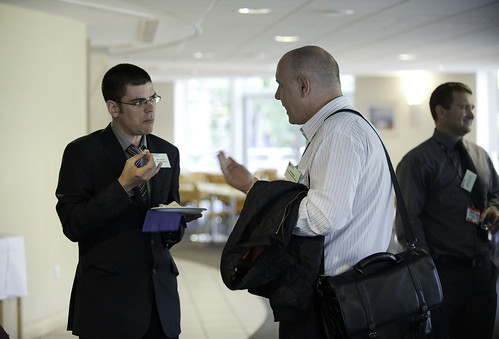
Thanks you to everyone who attended and made it a great evening. Especially Yvonne Lee for the military grade organisational skills and making sure everybody got there.

